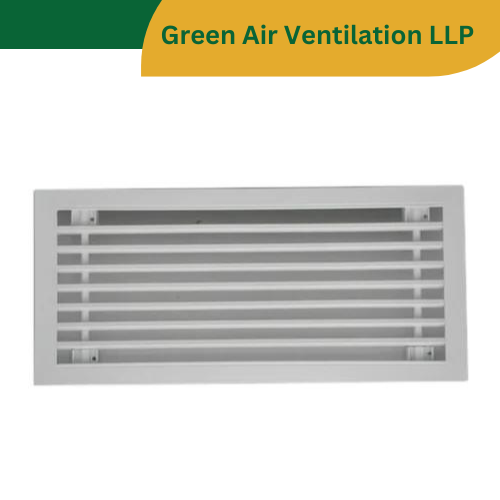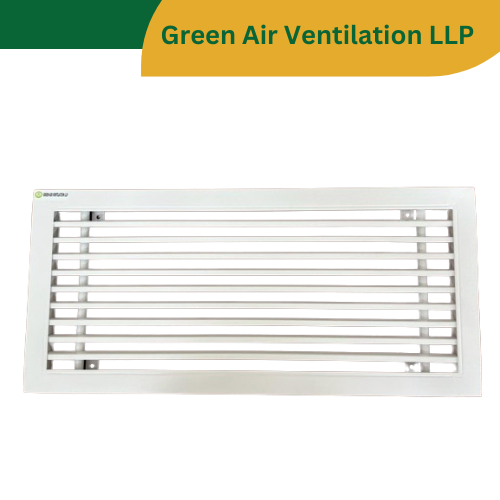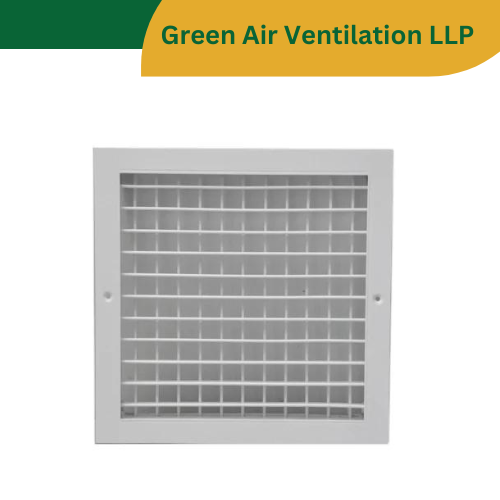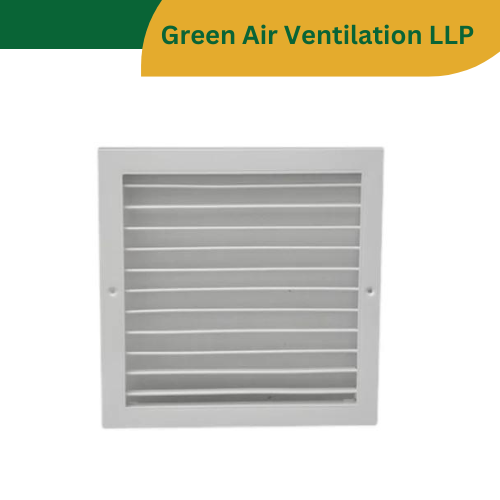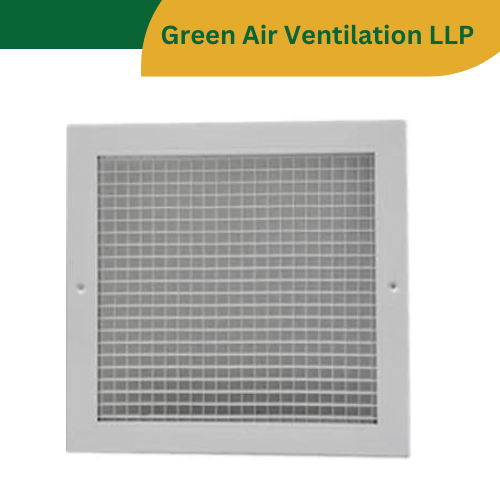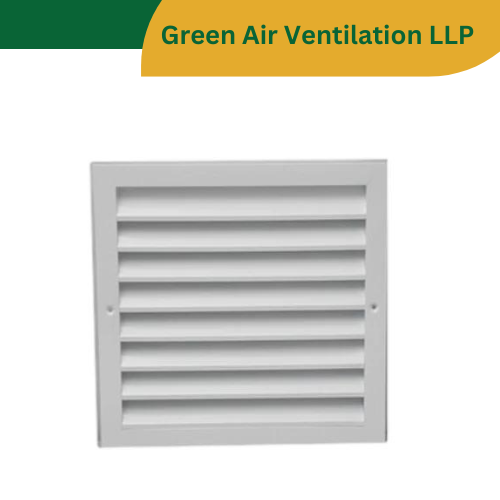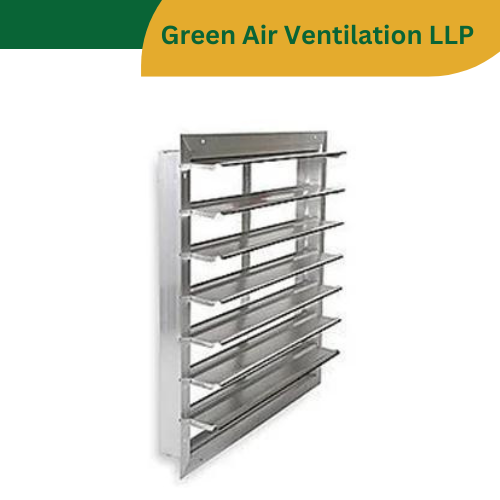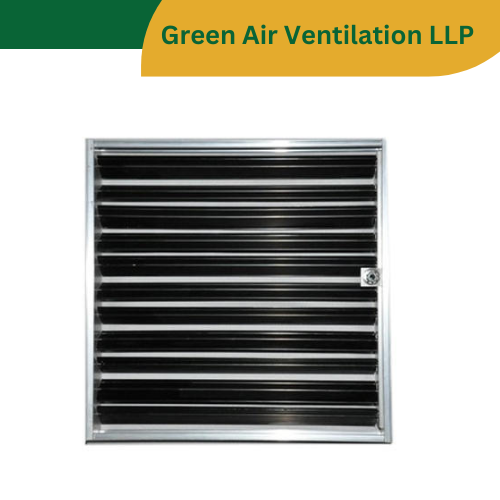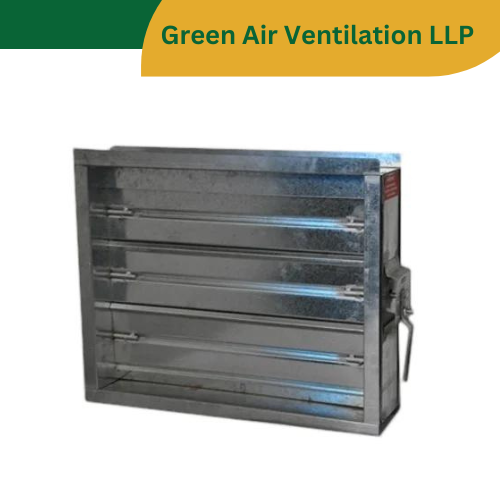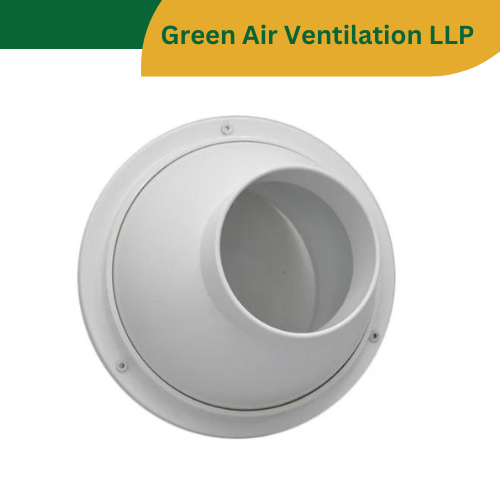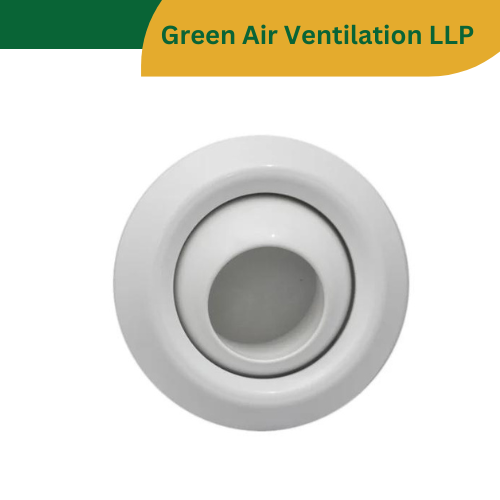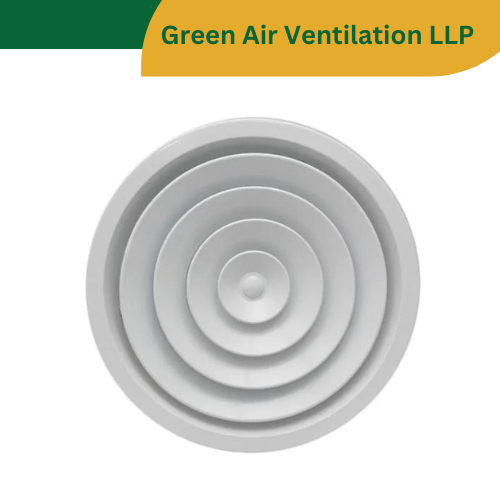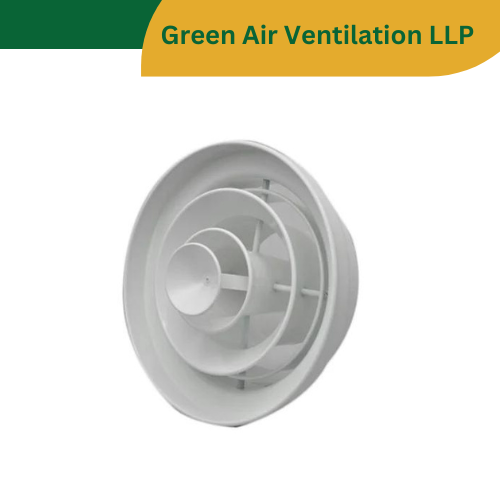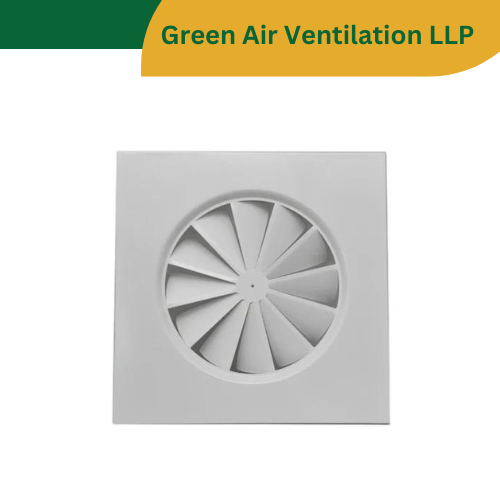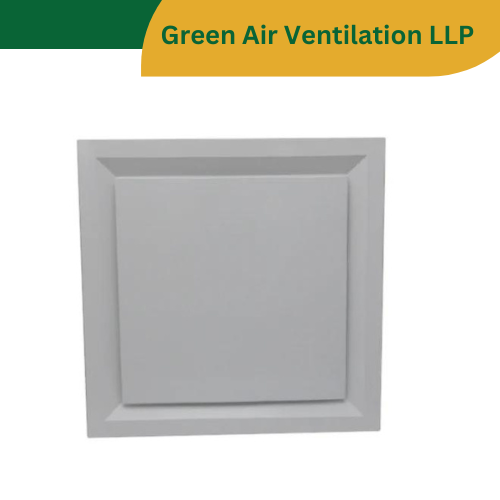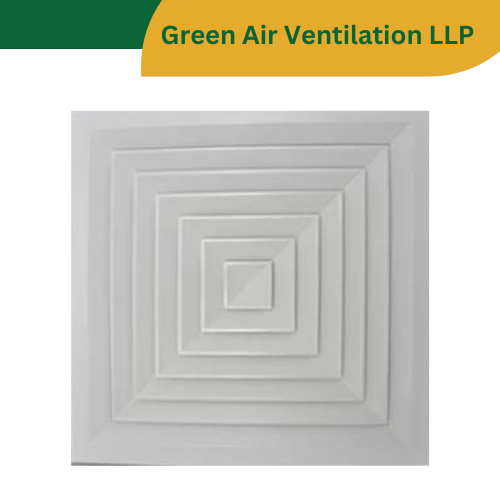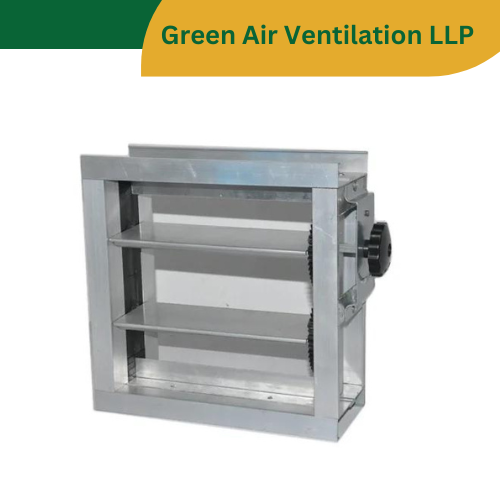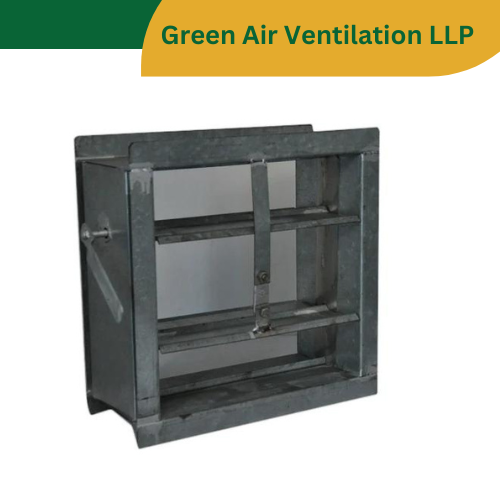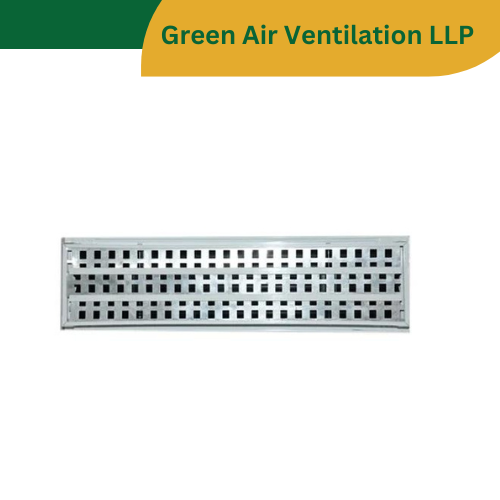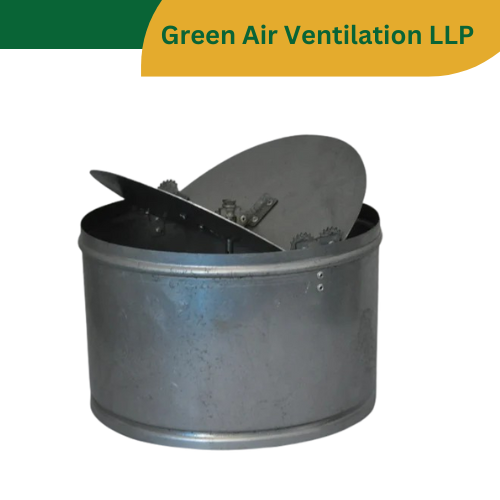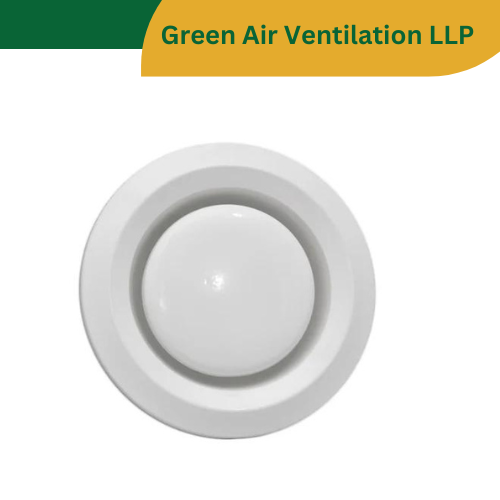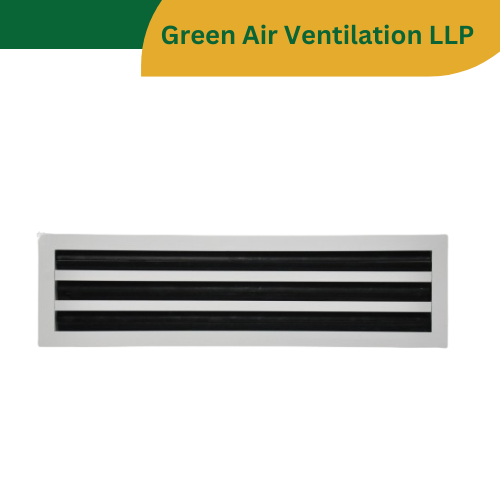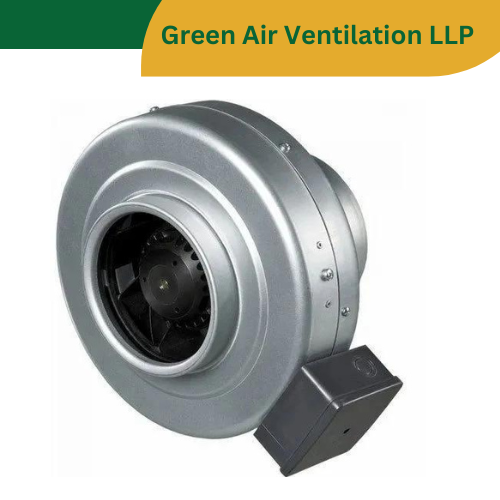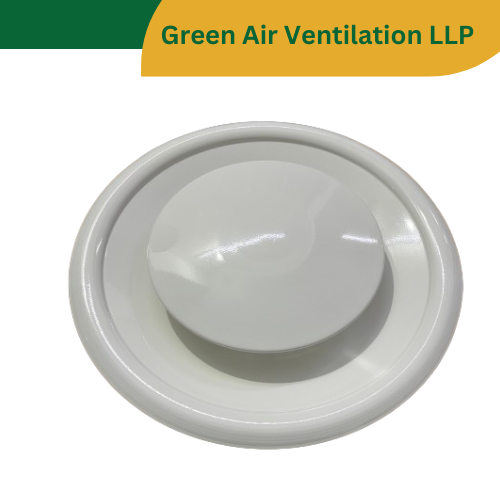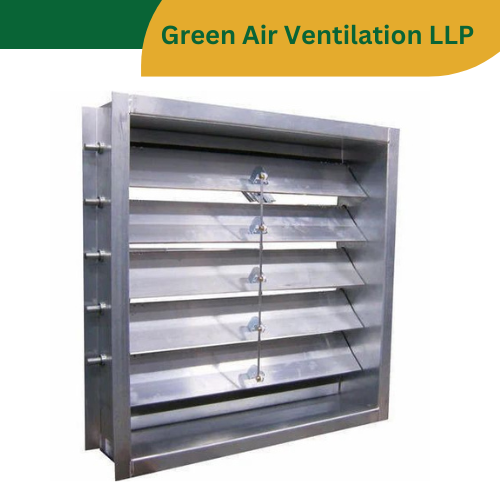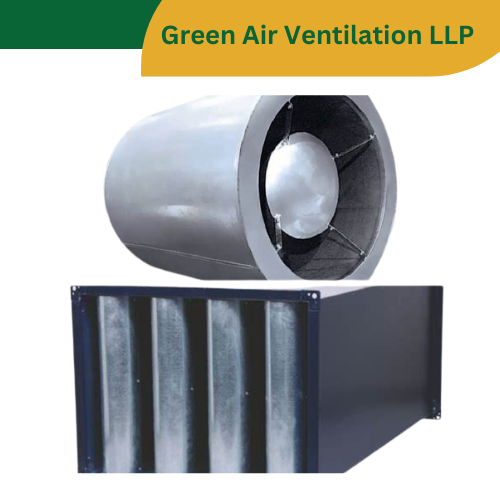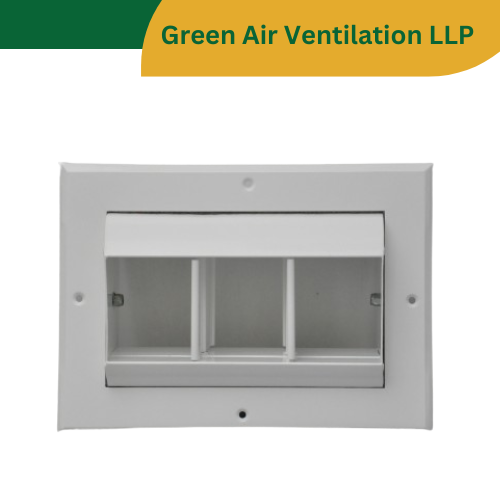Flexible duct
Home-> products-> flexible-duct-
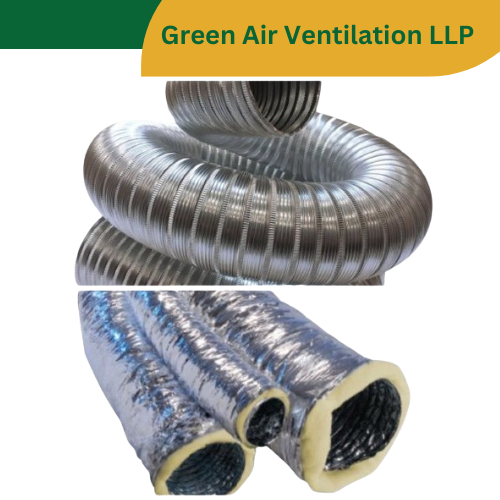
Flexible duct
Flexible duct, also known as flex duct or flexible air duct, is a type of ductwork commonly used in HVAC (Heating, Ventilation, and Air Conditioning) systems to distribute air from one location to another. Unlike traditional rigid ductwork, which is made of metal or fiberglass, flexible duct is constructed from a wire helix covered with a flexible, durable material such as plastic, vinyl, or aluminum foil.
Flexible duct offers several advantages:
-
Flexibility: As the name suggests, flexible duct can bend and maneuver around obstacles more easily than rigid ductwork. This makes it ideal for installations in tight spaces or irregular layouts.
-
Ease of Installation: Flexible duct is typically lightweight and easy to handle, making installation faster and more straightforward compared to rigid ductwork.
-
Reduced Noise and Vibration: The flexibility of the duct helps dampen noise and vibration from the HVAC system, resulting in quieter operation.
-
Cost-Effectiveness: Flexible duct is often less expensive than rigid ductwork, making it a budget-friendly option for many installations.
However, there are also some considerations to keep in mind when using flexible duct:
-
Airflow Restrictions: Flex duct can be prone to kinks and bends that restrict airflow if not installed properly. This can reduce the efficiency of the HVAC system and affect its performance.
-
Durability: While flexible duct is durable, it may not be as long-lasting as rigid ductwork, especially if subjected to frequent movement or if the outer covering becomes damaged.
-
Condensation: In humid environments, condensation can form on the inner surface of flexible duct, potentially leading to mold growth and air quality issues if not properly insulated.
-
Fire Safety: Some types of flexible duct may be more susceptible to fire damage than rigid ductwork, so it's essential to use fire-rated materials where necessary and comply with local building codes and regulations.
